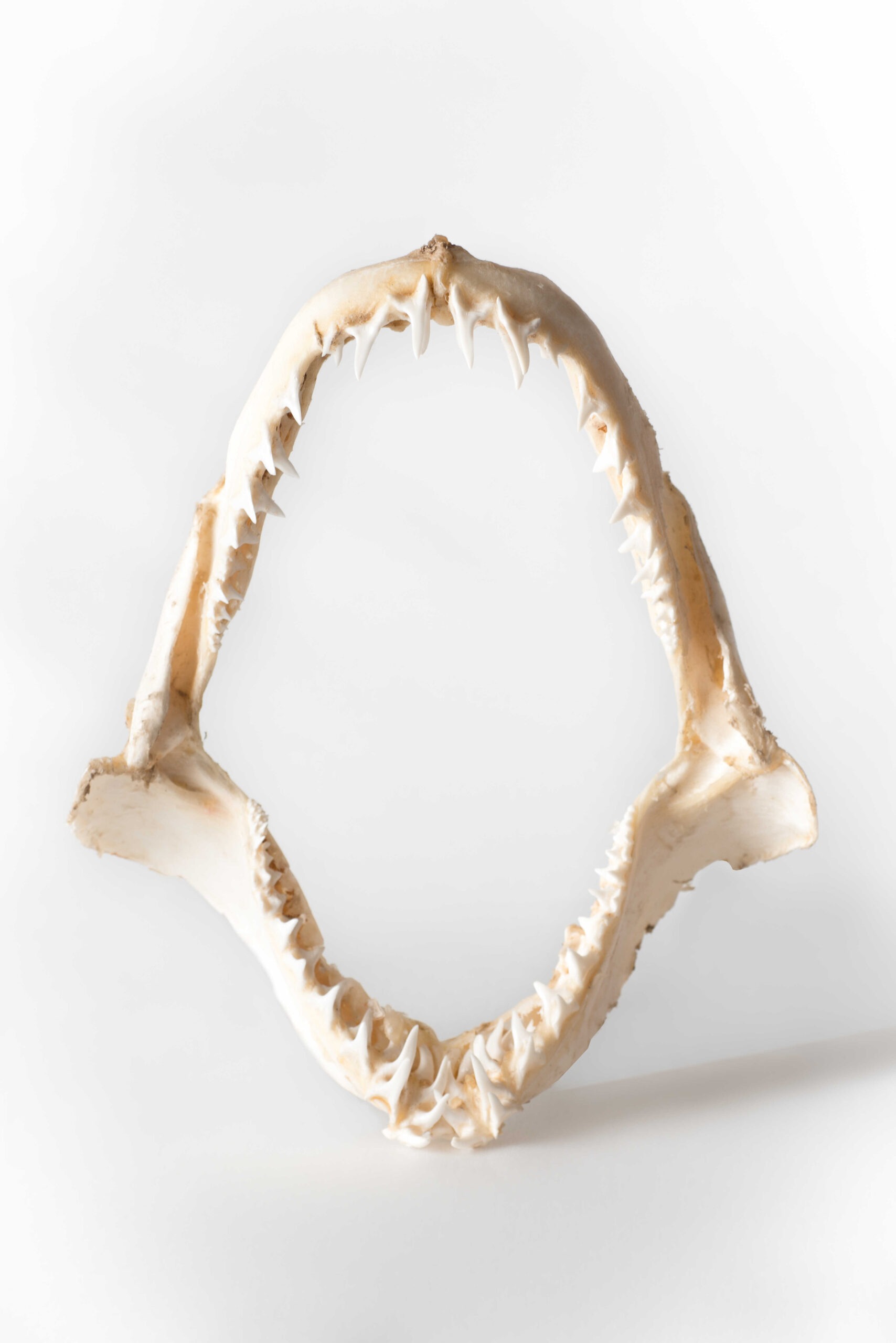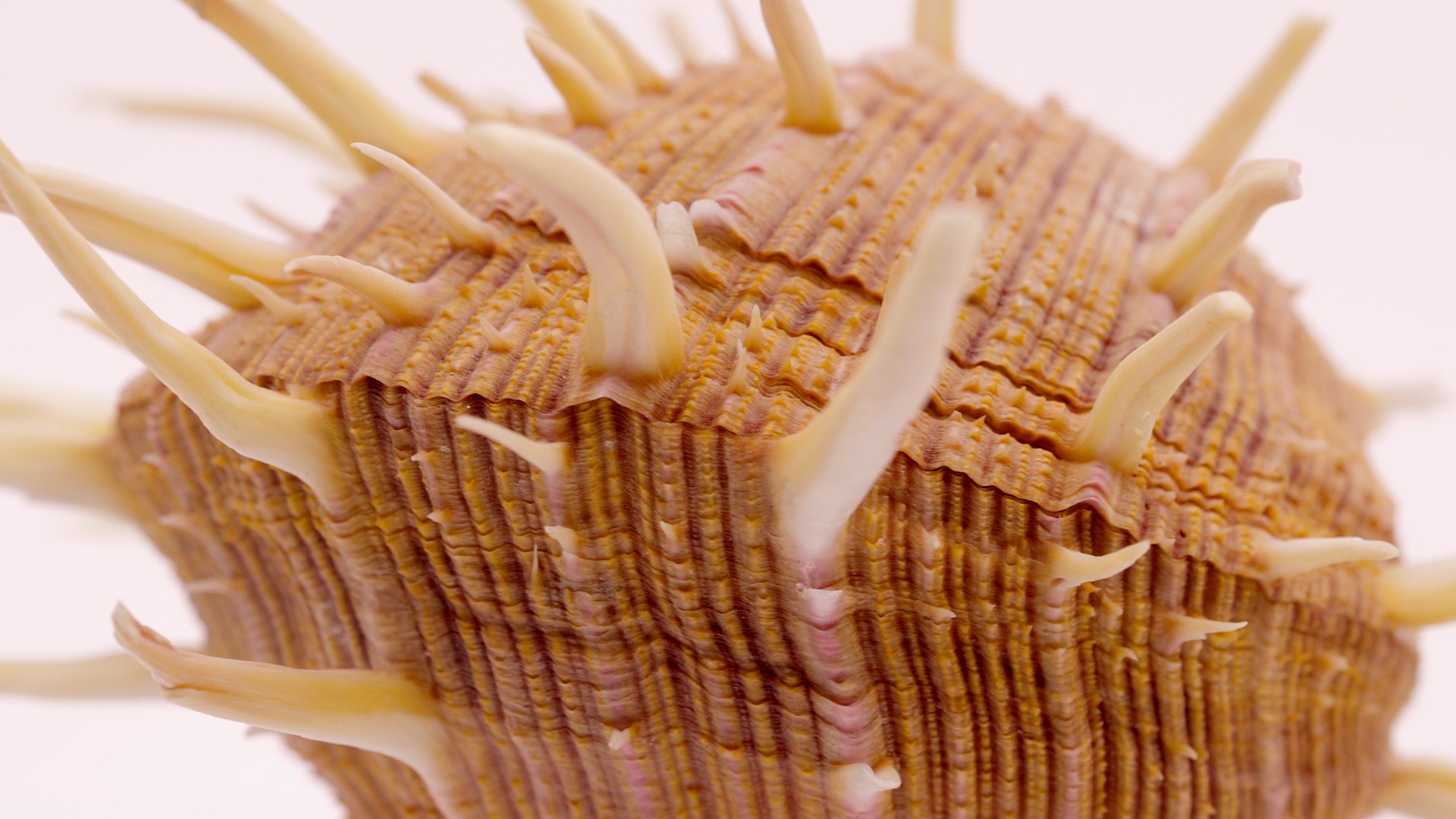The Museum
The Museum
About the Museum
People have always been fascinated by the strange beauty of seashells, the infinite variety of their shapes, their textures, the subtlety of their colours... Some seashells are true works of art! It is the ocean and all its mysteries, which open up to you through a unique collection in Europe.
More than 50,000 seashells to admire
Curious people, collectors, enthusiasts... Whoever you are the Museum is for you! Come and discover our sumptuous rooms to discover shells from all over the world! You can admire these jewels of the sea in various and varied shapes and colors if you are on your own, as a couple or with your family.
A shop of wonders
In our shop we propose a collection of items from the marine world, minerals, jewelry and other natural pieces.
Fun trails for children with e little surprise
We propose 2 fun trails for children with a little surprise at the end of their visit.
Discover seashells with Speedy and Glouton for 4-6 year olds, quiz games for 7-11 year olds.
The Museum
The universes of the Museum
Tropical Shells
Mainly from Indo-Pacific areas, our shells come especially from the Philippines, Vietnam, India, Indonesia, Thailand and South East Asia.
The Murex Pecten is an exceptional shell, generally white or beige. Its elongated shape and its dozens of small, pointed, perfectly arranged needles make it an original and unique mollusc.
Epitonium scalare or Precious Scalar is a species of gastropod molluscs that belongs to the Epitoniidae family . It is a mythical rarity sought after by shellfish collectors: it is fished by trawls nowadays at great depths in the Philippines.
From the Mitridae family, the Mitra Stictica is as original as it is mysterious. It can have several colors, mainly ranging from orange to brown.
The Giant Clam, this mollusc is unfortunately on the verge of extinction because it is hunted for its flesh, it is as impressive as it is sublime. It is the largest seashell in the world.
The Nautilus is a very beautiful spiral shell, the size of which can reach several tens of centimetres. The animal has tentacles to move through water.
The Abalone is a bivalve shell, renowned for its delicate color. The inside of its shell is very often lined with usually bluish or silver mother-of-pearl.
Corals
Corals are unparalleled reef builders which largely live in warm seas and their existence is essential!
Thanks to their massive formation between the surface and the first few tens of metres below the surface, coral reefs form a barrier that very effectively absorbs the elements coming from the open sea.
Contrary to appearances, corals are not aquatic plants, but animals!
They are actually made up of thousands of polyps, small organisms that each secrete an exoskeleton. These polyps, gathered in colonies, form magnificent corals.
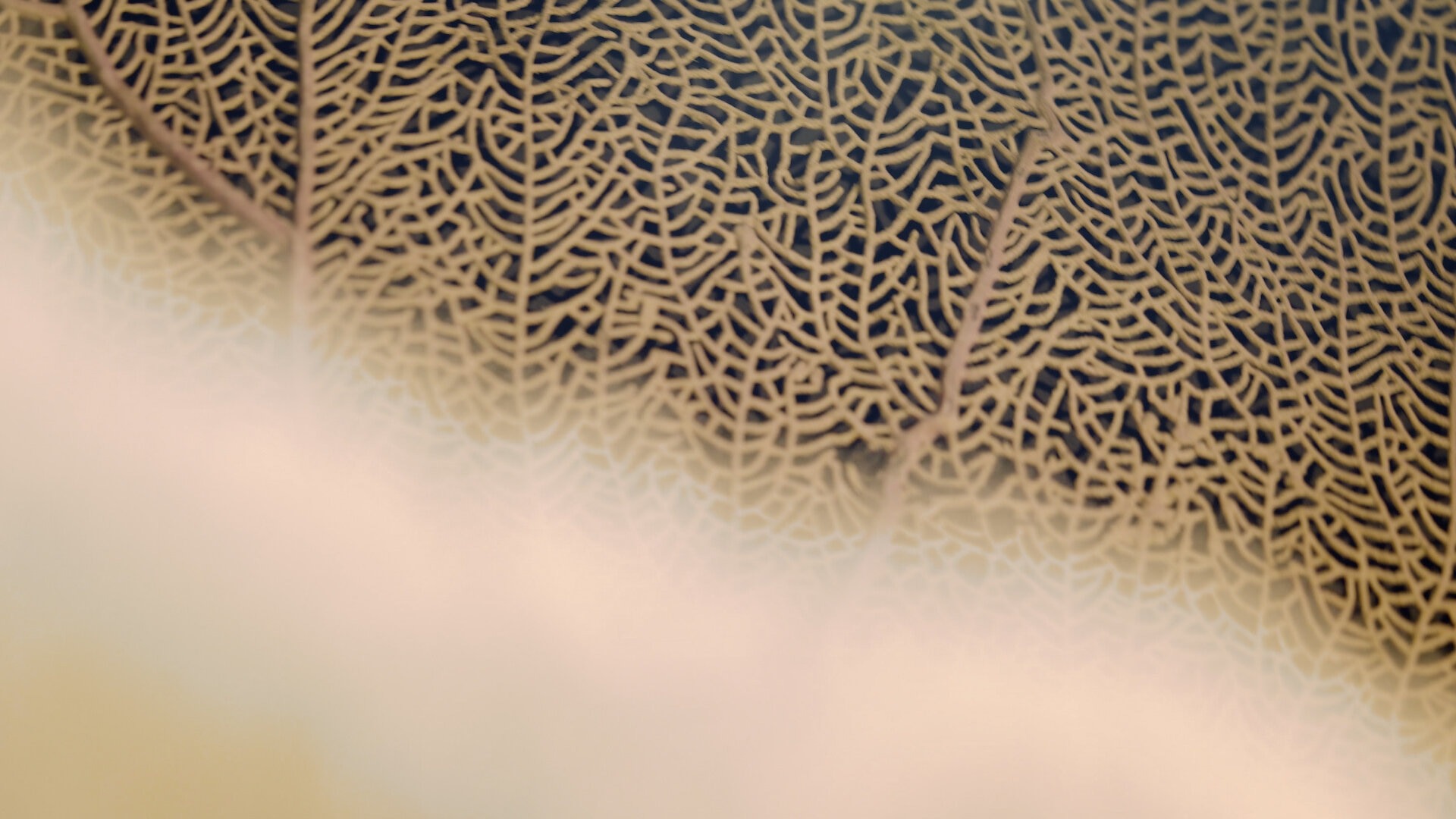
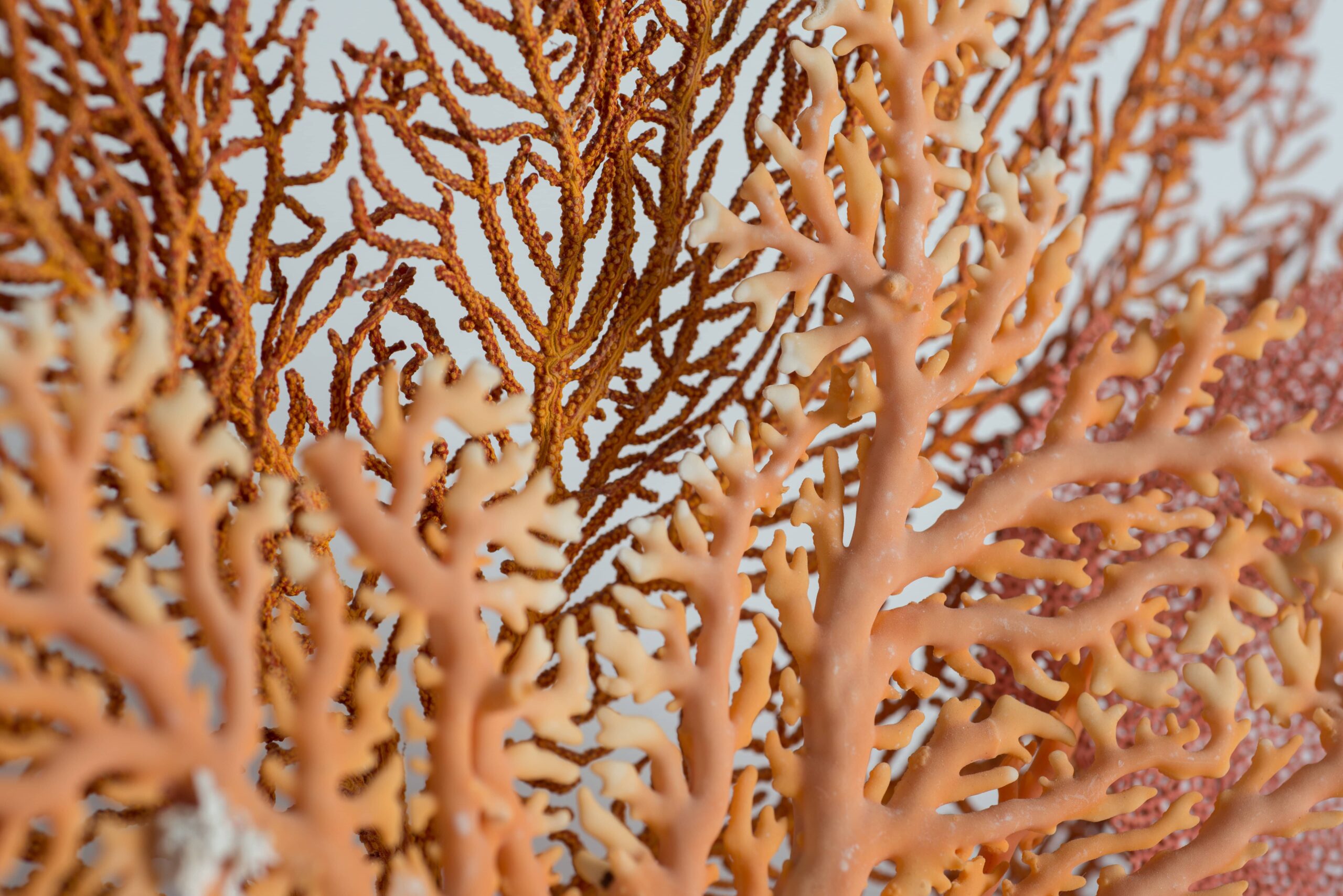
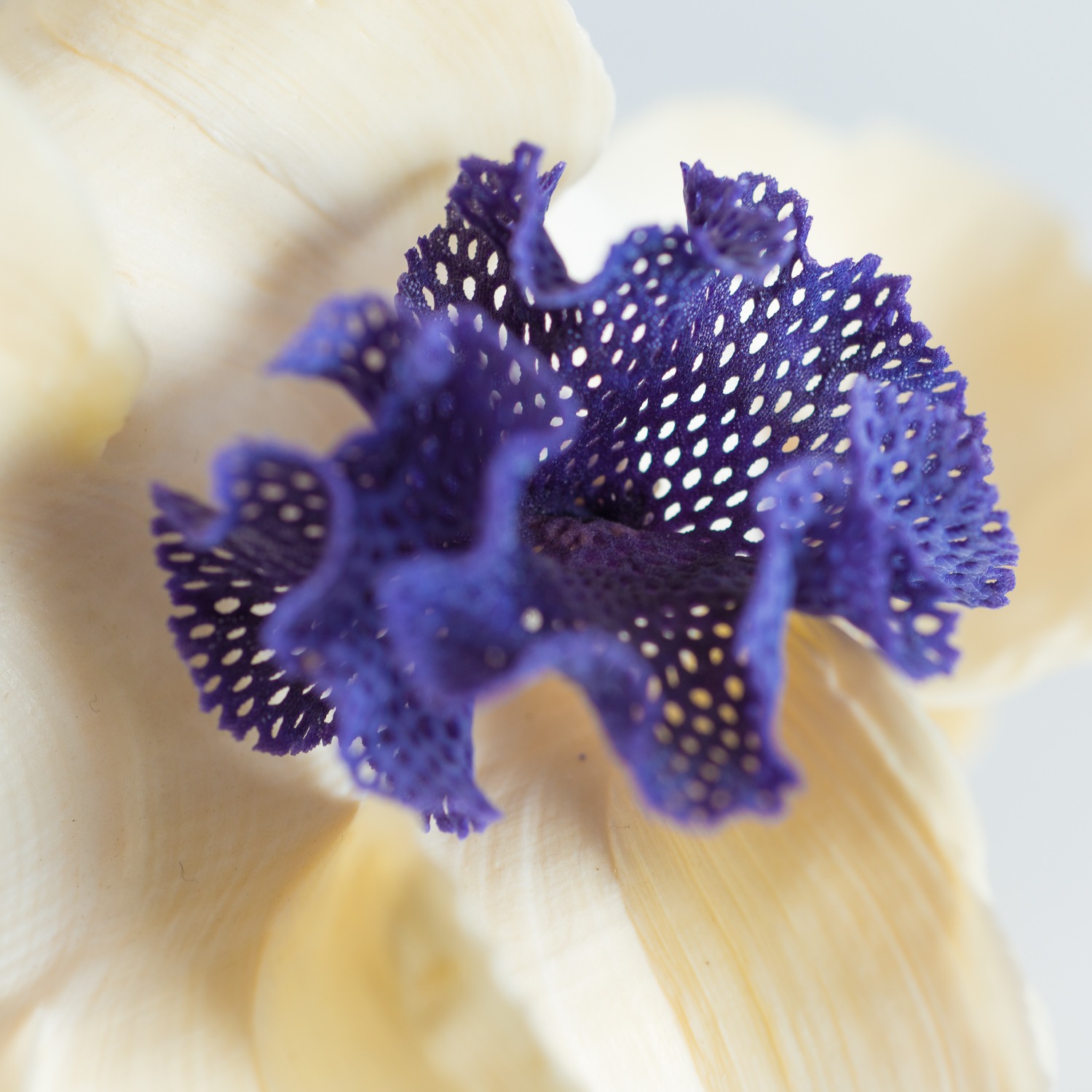
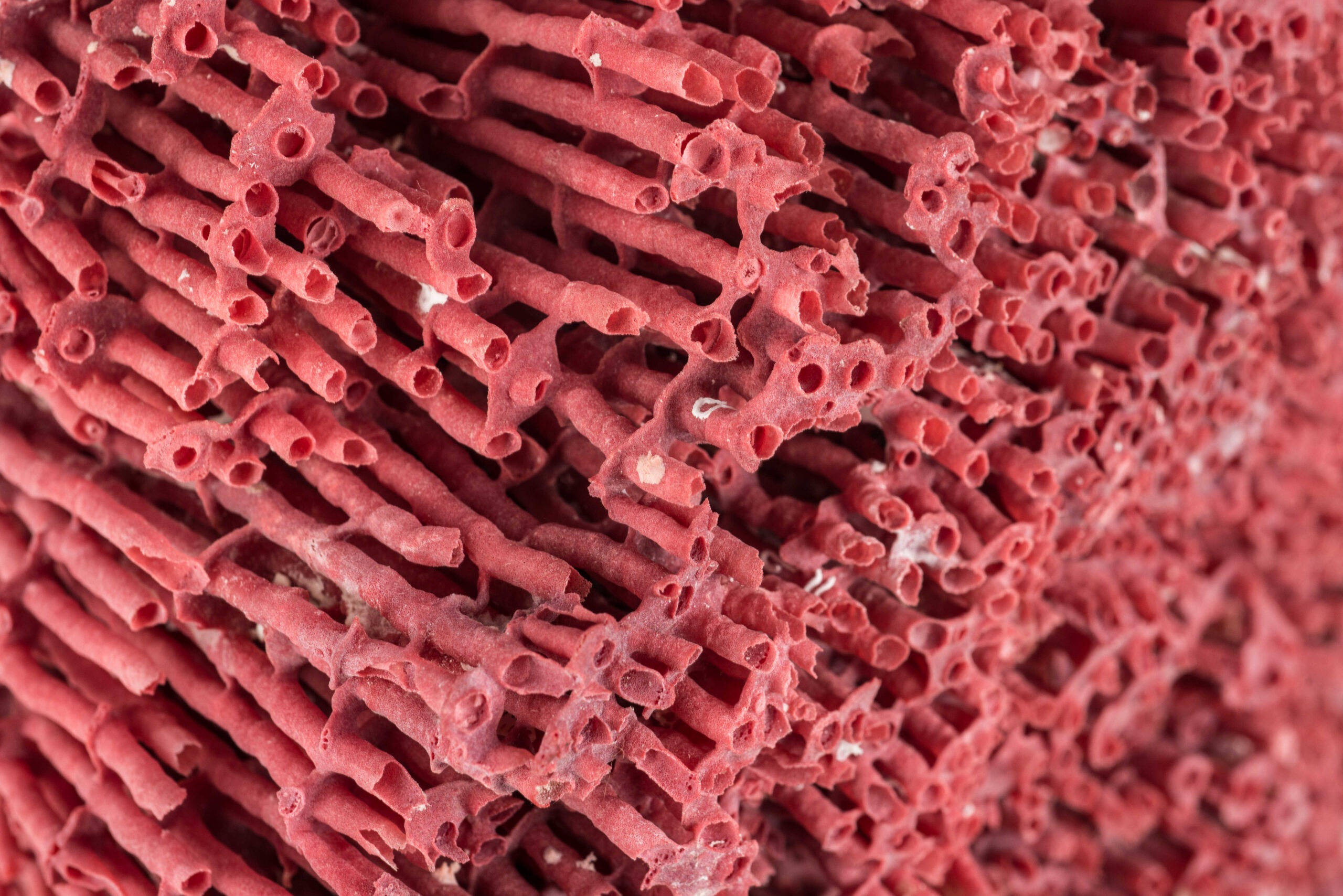
Shellfish
Crustaceans have more than 31,300 living species and form a class that is part of the phylum Arthropoda...crayfish, lobsters, crabs and all other gill-breathing forms.
These animals, as diverse as they are varied, can take on a whole range of shapes, sizes and colors. However, they all have one thing in common, which characterizes their species, an exoskeletonwhich is a more or less rigid shell that undergoes several periods of moulting during its life.
Crustaceans are essential to our planet and have an important role in the ecosystem and in its natural balance. Les Crustaceans are essential to our planet and have an important role in the ecosystem and in its natural balance. Crustaceans make up more than 80% of zooplankton. It rises to the surface at night to feed on phytoplankton and come down to deeper waters during the day. nourrir de phytoplancton et redescend pendant la journée vers les eaux plus profondes.
Crustaceans are above all marine animals: the ocean is probably their original environment where the most numerous and varied forms live. They exist in all latitudes, from polar waters at temperatures below 0°C, to the warmest equatorial waters.
Clams
There are now 13 species of giant clamsinhabit the coral reefs of the Pacific, the Indian Ocean and the Red Sea. But most species in the worls are to be found on it is the island of Sulawesi and its surroundings, in the heart of the Coral Triangle. . There are a total of 8 species from the smallest to the largest, sometimes on the same reefs. They live on shallow coral reefs.
The giant tridacne or giant clam (Tridacna gigas) is the largest bivalve mollusc. It is excessively fished for the interest of its shell and because it is edible, thus the tridacne has become endangered and is now protected worldwide.
Giant clams of the genus Tridacna cling firmly to the coral, while those of the genus Hippopus choose to live on the sand.
Giant clams are essential to reefs' life. With their large shells, they are home to many organisms – corals, algae, sponges, crustaceans – and themselves serve as food for several dozen species – fish, octopus, crabs, etc. – contributing to the biological diversity of the reefs.
Sharks
The white shark, the whale shark, the hammerhead shark, the catshark... Sharks or squales are present in all the temperate and tropical oceans of the globe. With over 500 species recorded, this superorder includes most of the top predators and regulators of the planet's marine ecosystems.
Regulators of the population of the oceans, they are carnivores that feed on fish, molluscs, crustaceans and plankton (vegetable and animal) for the whale shark, the basking shark and the megamouth shark. Because they eat the oldest, diseased, least able-to-survive preys so first, they allow natural selection of the fittest ones that are best able to reproduce.
ome species - the bull shark, the tiger shark, the great white shark, the mako shark, etc. - also feed on dead fish or cetaceans and thus act as cleaners of the seas.
And the recent update of the "World List of Threatened Species", published in early September 2021 by the International Union for Conservation of Nature (IUCN) is not much more reassuring: 37% of sharks and rays are now endangered species.
